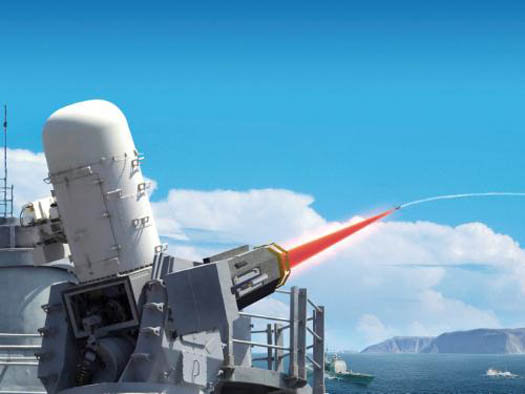

It’s unclear which is the bigger news coming out of the Office of Naval Research; the fact that the Navy’s Free Electron Laser (FEL) program has demonstrated an injector capable of producing the necessary electrons to fuel a megawatt-class laser beam, or the fact that a next-generation future weapon under development by the military is months ahead of schedule. Both are good news for the Navy, which might begin lasing threats out of the sky sooner than it anticipated.
Development of the FEL program has been a large undertaking for the Navy, which has invested at least $163 million in a new kind of variable-wavelength laser weapon that should be effective at sea, where moisture and aerosols in the air can severely limit the effectiveness at lasers at certain wavelengths.
The FEL itself isn’t new—it was invented decades ago—but fielding a high energy beam is something else entirely. All lasers need some kind of medium—solid state lasers use crystals, chemical lasers use chemicals—to generate the intense light that is then focused into a laser beam. That lasing medium pretty firmly predetermines the wavelength of a laser beam.
The FEL works differently, using magnetic fields to focus a stream of supercharged electrons into powerful beams at varying wavelengths, making it more versatile. But in order to create a free electron laser weapon, researchers at ONR had to design an injector capable of feeding enough electrons into the system to sustain a weapons-grade beam, ideally something in the megawatt class.
Doing so represents a major milestone for the program, putting a ship-based FEL weapons system within reach. Researchers are now studying their continuous electron beams made possible by their new injector and aiming to set a world record for the average current of electrons. That represents a huge step forward from the 14-kilowatt prototype the ONR team started with. The Navy hopes to have a testable prototype by 2018.
FYI, more on the FEL via the ONR below.

